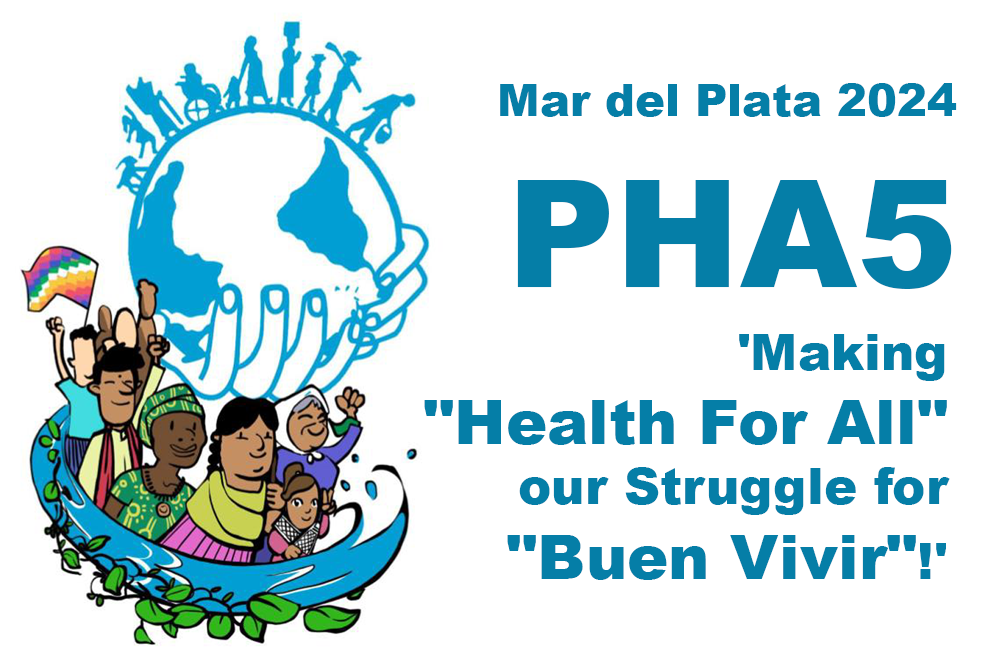Cultural penetration in preventing hypertension in the Ammatoa Kajang Tribe Community, Bulukumba, South Sulawesi
Abstract
World Health Organization (WHO) states that non-communicable diseases, including hypertension, are still the cause of death globally every year. This study aims to determine the study of health anthropology regarding hypertension in the indigenous peoples of the Ammatoa Kajang tribe, Bulukumba Regency. This study uses a qualitative method with an ethnographic approach and is supported by a phenomenological approach. The number of informants as many as 9 people consisting of patients with hypertension, families of people with hypertension, health workers and traditional leaders of the Ammatoa tribe. The data obtained were then analyzed with Nvivo. The results of the study on perceptions related to hypertension in the indigenous peoples of the Ammatoa Kajang tribe showed that the informants only knew hypertension as high blood pressure. The prevention efforts are carried out by A'ling (reducing) consuming foods high in salt and visiting sanro (shaman). Most of the traditional treatment efforts were carried out by the informants by drinking herbal medicine from raung (leaves). There are also Sahatu (traditional saunas) and the A'dakka Bangkeng tradition (walking barefoot) as an effort to maintain personal and family health related to hypertension.
References
Fisher, N.D. and Curfman G. Hypertension—a public health challenge of global proportions. Jama. 2018;320(17)(17):1757-1759.
Kemenkes RI. Infodatin Pusat Data Dan Informasi Kesehatan RI Hipertensi.; 2022.
Apriliandra, S. and Krisnani. Perilaku Diskriminatif Pada Perempuan Akibat Kuatnya Budaya Patriarki Di Indonesia Ditinjau Dari Perspektif Konflik. J Kolaborasi Resolusi Konflik. 2021;3(1):1-13.
Prayuda, R.Z. Dampak Budaya Berbagi Terhadap Perilaku Oportunistik dan Efektivitas Manajemen Karyawan. Internatioanal J Soc Policy Law. 2022;3(2):11-16.
Siregar PA. Analisis Faktor Risiko Kejadian Hipertensi Masyarakat Pesisir Kota Medan (Aspek Sosial Budaya Masyarakat Pesisir). J Pembang Perkota. 2020;8(1):1-8.
Workneh T, Emirie G, Kaba M, Mekonnen Y, Kloos H. Perceptions of health and illness among the Konso people of southwestern Ethiopia: persistence and change. J Ethnobiol Ethnomed. 2018;14(1):1-9.
Satrianegara MF, Juhannis H, Lagu AMHR, Alam S. Cultural traditional and special rituals related to the health in Bugis Ethnics Indonesia. Gac Sanit. 2021;35:S56-S58.
Nurfatimah. Sanro dalam Praktek Mengatasi Kemandulan Rahim Perspektif Hukum Islam dan Hukum Kesehatan (Studi Kasus Desa Tana Toa, Kecamatan Kajang Kabupaten Bulukumba). Published online 2019.
Shaumi NRF, Achmad EK. Kajian literatur: faktor risiko hipertensi pada remaja di Indonesia. Media Penelit dan Pengemb Kesehat. 2019;29(2):115-122.
Rahmayani ST. Faktor-faktor risiko kejadian hipertensi primer pada usia 20-55 tahun di poliklinik penyakit dalam rsud 45 kuningan. Syntax. 2019;1(4):100-111.
Utama F, Sari DM, Ningsih WIF. Deteksi dan Analisis Faktor Risiko Hipertensi pada Karyawan di Lingkungan Universitas Sriwijaya. J Kesehat Andalas. 2021;10(1):29-38.
Andriyani, Lusida N, Fauziah M, Chusnan M, Latifah N. Determinan Kejadian Hipertensi pada Ibu Hamil di Kota Bekasi, Jawa Barat. J Kedokt dan Kesehat. 2021;17(2):170-176.
Wahyuni S, Pratiwi WN. Depresi, Stres, Kecemasan, dan Faktor Demografi terhadap Kejadian Hipertensi Usia 35-65 Tahun: Studi Cross-Sectional. Judika (Jurnal Nusant Med. 2022;6(1):46-55.
Oscar DJ, Janah EN, Ferisa N, Sari N, Gunawan V. Sadar konsumsi garam: pengendalian pola makan penderita hipertensi di wilayah kerja puskesmas hajimena, lampung selatan. Indones J Community Serv. 2021;1(3):564-569.
Gautami G, Kumala M. Hubungan rasio asupan natrium berbanding kalium dengan penyakit hipertensi pada lansia. Tarumanagara Med J. 2021;3(2):315-322.
Nirnasari M, Sari K, Faddila U, Putri ME. Upaya Pencegahan Hipertensi dengan Pendidikan Kesehatan Self Management Behaviour” Cerdik” di Wilayah Pesisir Tanjung Duku RW 1 RT 4 Kelurahan Dompak Kepulauan Riau. J Abdi Masy Indones. 2022;2(2):645-650.
Parwata NMR, Tasnim T. Latihan Berjalan Untuk Menurunkan Tekanan Darah pada Penderita Hipertensi. Poltekita J Pengabdi Masy. 2021;2(1):8-13.
Lalage Z. Hidup Sehat Dengan Terapi Air. Published online 2019.
Subahar TSS, Lentera T. Khasiat & Manfaat Pare. AgroMedia; 2004.


